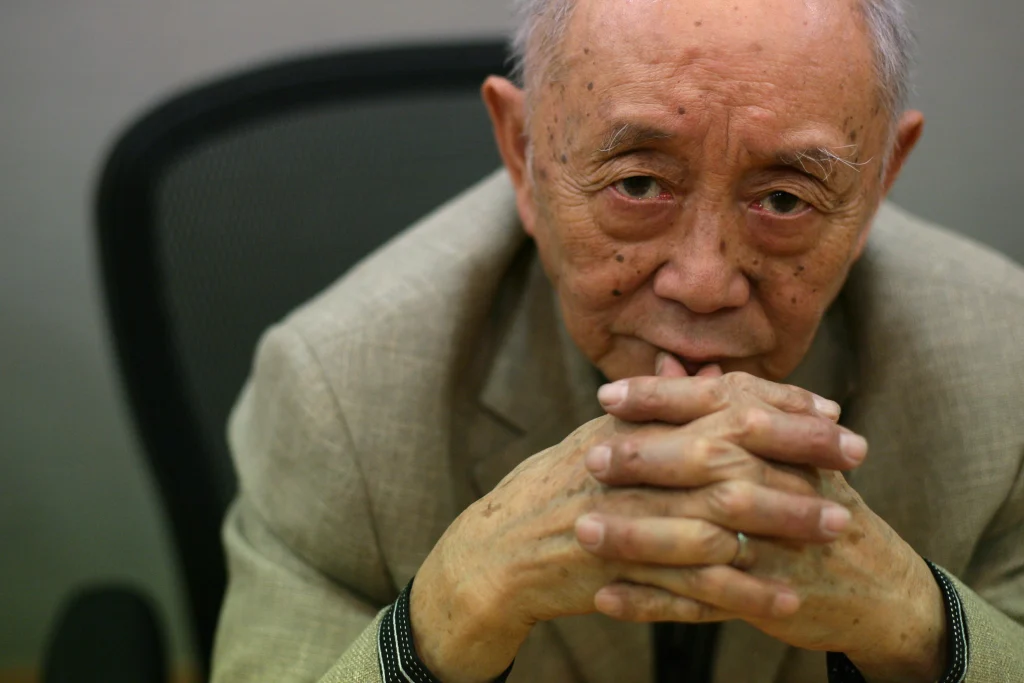Pratiksha Shome
Chinese artist Huang Yongyu, who was well-known for his jovial ink drawings of animals and flowers, passed away at the age of 98. According to his last desires, no memorial or funeral services were planned when he passed away on June 13 from an undisclosed illness, according to his family. The self-taught artist also created three zodiac stamp designs, woodblock prints, ink-wash paintings, sculpture, poetry, and autobiographical books. Huang, who was born in Hunan province in 1924, never went to art school or pursued formal literary study. At the age of 28, he evolved into the Central Academy of Fine Arts’ youngest professor and finally took over as the division’s head of printing. Due to political unrest in mainland China, Huang spent five years in Hong Kong prior to his employment at the art school, beginning in 1948. At the Fung Ping Shan Library of the University of Hong Kong, he had his first solo show.
Numerous exhibits of Huang’s art were held, including one to celebrate his 80th birthday in 2004 at the Hong Kong Museum of Art. More than 100 of his paintings of the zodiac animals, a project he began in 2006, were displayed at the National Museum of Chinese in 2017. That year, Huang also took home the Olympic art award. A stamp created by Huang earlier this year that featured a vivid blue rabbit with luminous red eyes drew large queues on its first day of sales and rapidly sold out on the China Post website despite receiving negative internet reviews. Huang’s artwork has also done well in Hong Kong auctions. Autumn Scenery (1978), an 11-foot-long ink-on-paper scroll, brought $2.5 million (HKD 19.3 million) at auction in November 2017—more than twice its high estimate of $1.15 million (HKD 9 million). According to the South China Morning Post, one of the 1980 Year of the Monkey stamps created by Huang was sold at auction for a record amount of 2.01 million yuan (almost $300,000). Huang worked and resided in Beijing before his passing.
Source: ARTnews






